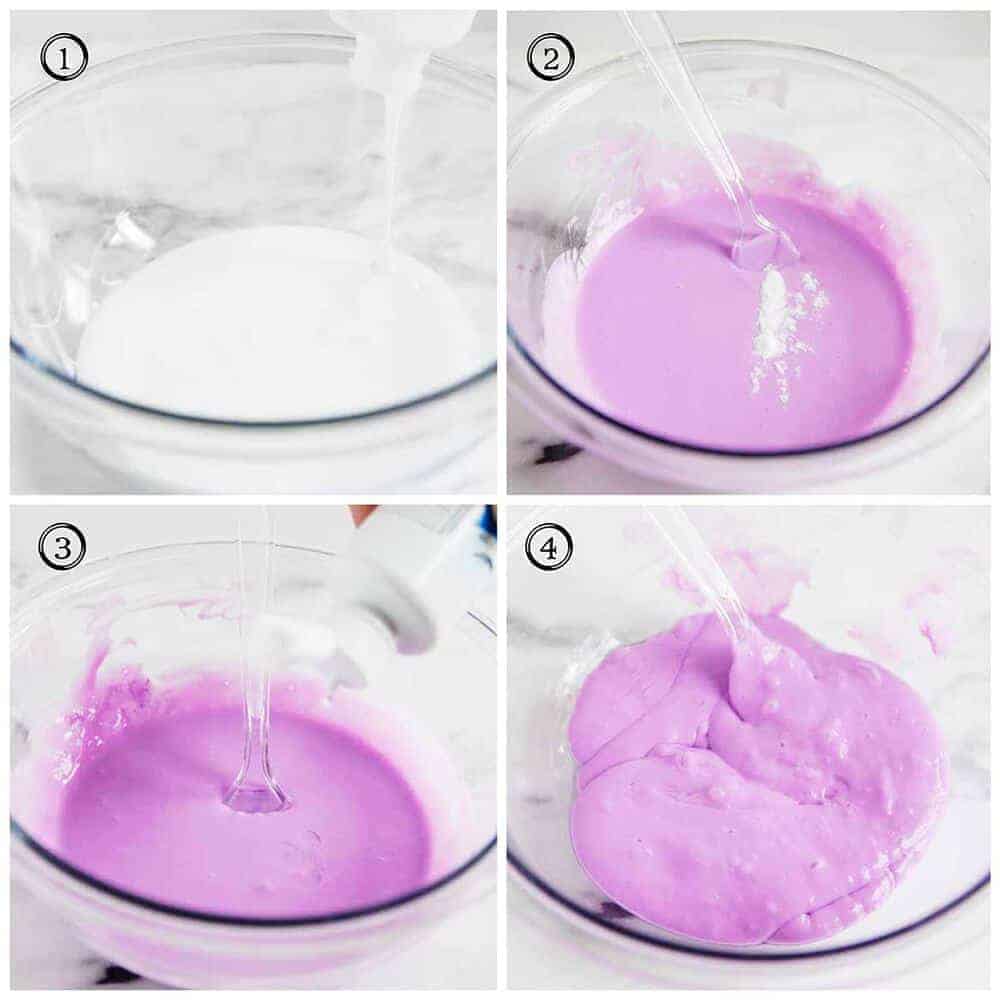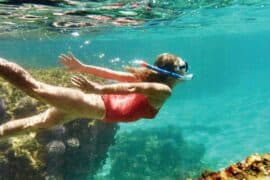How to Make Slime: A Parent’s Guide to Stretchy Fun!
Hey there, wonderful parents! Are you ready to dive into the ooey-gooey world of slime with your little ones? Making slime at home is not just a fun-filled activity; it’s a whimsical science experiment right at your kitchen table that sparks creativity and teaches a bit about chemistry. So, let’s get our hands sticky (but not too sticky!) and learn how to whip up some homemade slime that will have your kids squealing with delight!
What You Will Need to Make Slime
Before we start, let’s make sure we have all the necessary ingredients and tools ready. Here’s what you’ll need:
- White or clear school glue
- Baking soda
- Food coloring (if you want colored slime)
- Contact lens solution (make sure it contains boric acid)
- A mixing bowl
- A mixing spoon or spatula
- Measuring spoons
Remember, you can get creative with additives like glitter, beads, or even scents to customize your slime!
Step-by-Step Slime Making Instructions
Now that we have our supplies, let’s start the slime-making magic!
- Pour the glue – Begin by pouring your choice of glue into the mixing bowl. A standard 4-ounce bottle will do. This will be your slime base.
- Add color – Now is the time to add a few drops of food coloring if you desire a colorful batch of slime. Stir it well to get an even hue.
- Baking soda time – Sprinkle a half teaspoon of baking soda into the bowl and mix thoroughly. The baking soda will help thicken the slime.
- Mix in contact lens solution – Add a tablespoon of contact lens solution to the bowl. Here’s where the science happens! The boric acid in the solution reacts with the glue, creating that cool slimy texture.
- Stir and knead – Stir the mixture until it starts forming. When it gets tough to stir, take it out and knead it with your hands. If it’s still too sticky, add a little more contact lens solution.
After these steps, you should have a perfect batch of homemade slime!
Tips for the Best Slime Experience
Here are a few pointers to ensure your slime adventure is as fun and successful as possible:
- Always cover surfaces with newspaper or a plastic sheet to make cleanup easier.
- If the slime gets on clothes or fabric, white vinegar can help remove it.
- Store your finished slime in an airtight container to keep it fresh longer.
- Never dispose of slime down the sink, as it could clog your drains.
Get ready for lots of laughter and a great time with your kiddos. Slime making is not only about creating something cool, but also about making memories that will stick (like slime!) for a lifetime.

The Comprehensive, Fun-Filled Guide to Making Slime With Your Kids
5 Things Parents Should Know Before Making Slime
Preparing for your slime-making adventure is just as important as the activity itself. To ensure a smooth and enjoyable experience, here are five things every parent should know:
- Safety First: Always choose recipes that are safe for kids and non-toxic. Keep an eye out for ingredients like boric acid and always supervise your children during the slime-making process to avoid accidental ingestion or contact with eyes.
- Preparation is Key: Set up your workspace with all the necessary materials before you begin. Have a clear area that’s easily cleanable, like a kitchen counter or table with a plastic tablecloth or newspaper laid out to catch any spills.
- The Right Ingredients Matter: There are several types of slime, each one requiring specific ingredients. For the classic slime recipe mentioned in this guide, make sure you have the right type of glue and contact lens solution on hand.
- Embrace the Mess: Slime-making can be messy, which is part of the fun for kids. Dress in clothes that you won’t mind getting a bit dirty and encourage your kids to explore and enjoy the process without worrying about the mess.
- Patient Experimentation: Getting the slime consistency right may require a bit of trial and error. If it’s your first time, be patient, and don’t be afraid to adjust the ingredients slightly to achieve the perfect slime texture.
Engaging Your Child’s Curiosity with Slime
Slime isn’t just a toy; it’s an educational experience. As you mix the ingredients, take this opportunity to talk with your kids about the science behind it. Discuss how certain elements interact with each other to create new textures and substances. This hands-on activity enhances fine motor skills and sensory development, while the excitement of mixing and creating provides a wonderful platform for imaginative play.
Creative Twists on Classic Slime
After mastering the basic slime recipe, feel free to get inventive! There are endless possibilities when it comes to customizing slime. Whether it’s adding glow-in-the-dark paint for a spooky effect, magnetic particles for science-based fun, or even incorporating small toys into the slime for a surprise — the sky’s the limit. Your kids will love experimenting with different textures, colors, and add-ins.
Making the Most of Slime Time
Slime-making creates the perfect setting for quality bonding time. Engage with your kids by asking them to pick their favorite colors or additions for the slime. Use this time to reinforce concepts like sharing, taking turns, and teamwork, especially if there are multiple children involved. The focus and concentration that slime-making requires can offer a calming and soothing effect, making it a great activity for children who need sensory relaxation.
Packaging and Storing Your Slime Creations
Once you have your beautiful, squishy creation, it’s important to store it correctly to keep it fresh. Consider placing it in individual airtight containers or sandwich bags with your child’s name on it. This not only prevents the slime from drying out but also teaches your child responsibility for their own items. Plus, they’ll feel a sense of pride every time they retrieve their personalized slime for more playtime!
See more great Things to Do with Kids in New Zealand here. For more information see here
Disclaimer
The articles available via our website provide general information only and we strongly urge readers to exercise caution and conduct their own thorough research and fact-checking. The information presented should not be taken as absolute truth, and, to the maximum extent permitted by law, we will not be held liable for any inaccuracies or errors in the content. It is essential for individuals to independently verify and validate the information before making any decisions or taking any actions based on the articles.




